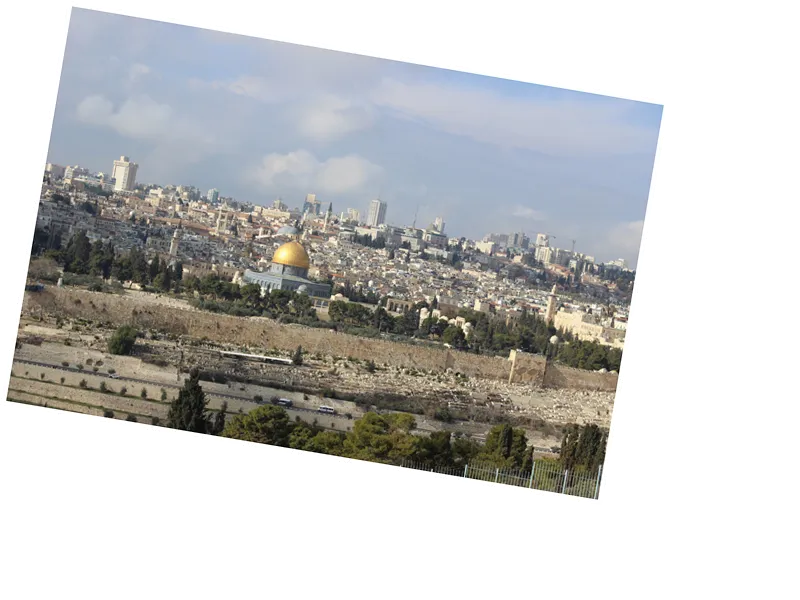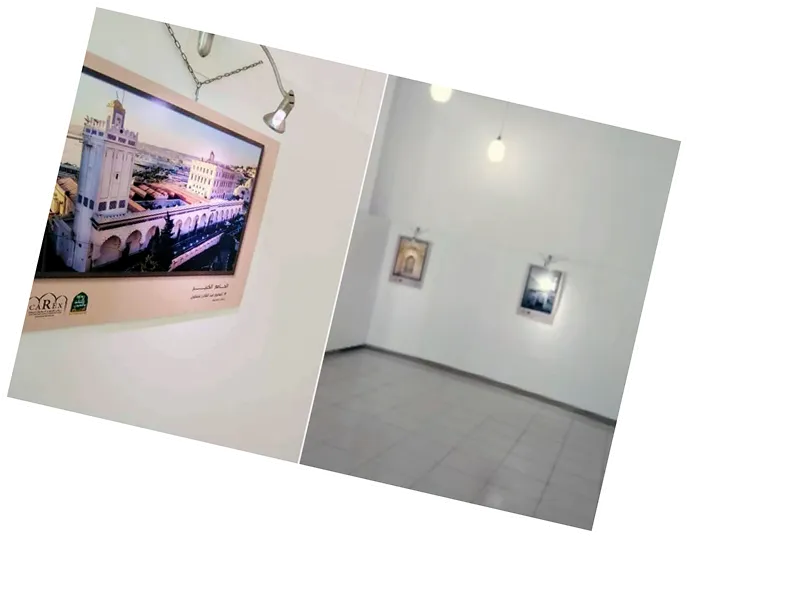The Historic Significance of Ribat Al-Mansur Qalawun
Ribat Al-Mansur Qalawun, located on the southern side of Bab Al-Nazir Road near the Al-Aqsa Mosque, is a remarkable example of Mamluk architecture in Jerusalem. Established in 1282 AD by Sultan Al-Mansur Qalawun, this ribat served as a vital accommodation for visitors and pilgrims, reflecting the rich cultural heritage of the region. With its open courtyard, mosque, and residential rooms, the ribat has been a focal point for those dedicated to serving Al-Aqsa.
Architectural Features and Layout
The Qalawun Ribat features an impressive architectural layout, including an arched entrance leading to a dargah (shrine) and an expansive courtyard surrounded by rows of rooms. The structure spans 68 meters and rises approximately 11 meters high, showcasing a blend of Mamluk and early Ottoman architectural styles. Despite various renovations over the centuries, the ribat retains significant original elements, demonstrating the enduring legacy of Islamic architecture in the region.
Evolution and Current Use
Originally a residence for Sufis and a center for spiritual activities, the Qalawun Ribat underwent transformations over the years. During the Ottoman era, it was repurposed as a prison for defendants awaiting trial. Today, it serves as a community hub for African residents, particularly those connected to the Al-Aqsa Mosque. The ribat's historical endowments, which once generated substantial revenue, continue to play a role in its upkeep and community support.
- Ribat Al-Mansur Qalawun is not only a significant historical site but also a testament to the socio-economic dynamics of the region. The endowments associated with the ribat, particularly those in Akka, Gaza, and Nablus, highlight the financial support it received over the centuries. In the late 16th century, its revenues exceeded 15,000 Akca, indicating its importance as a center of community and religious life. The ribat's transformation from a spiritual residence to a prison and now a community center reflects the changing needs and functions of such historical sites in modern times.






